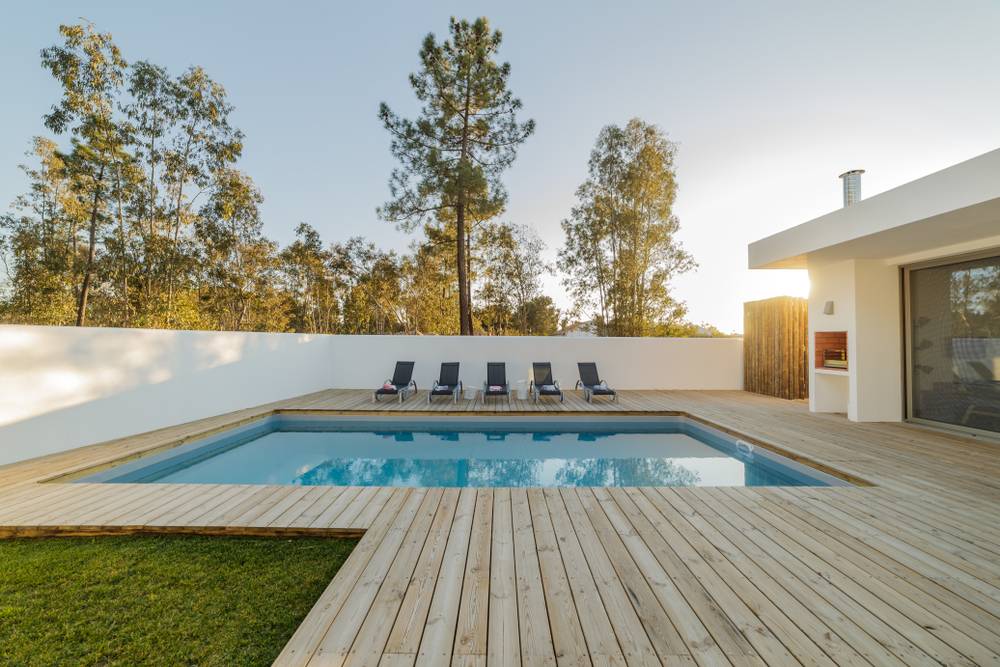borjis
LifeTime Supporter
only use Acid for lowering ph or ta, not for cleaning plaster.
I like your pool! shined up new like a penny!
I like your pool! shined up new like a penny!
Yes water is behind the light. However it doesn't looks like water is inside the metal light housing.It is normal for water to get behind the light. It is not normal for there to be water inside the metal light housing.
Newb, the best advice going forward is to either follow our advice which seems like you are now, or follow
the pool store advice. The two cannot be mixed together. You could have made your plaster situation worse
by cleaning it with acid. You also drained your pool without a second thought, which could have popped out of the ground completely
destroying it. Nobody here would have recommended that.
So, I'm watching the news and they are talking about the flooding rains that hit LA.
I'm scared to ask, but did you put water in the pool?
I think water will be full in couple of hours.
I ordered Taylor K-2006C, however it looks like that I can get it next week.
So I want to put some chemical in pool to prevent water change to green.
Can you let me know what to do?
Thanks.
Do not seal the light housing to the light niche. It is designed to allow water to circulate behind the housing to aid in cooling the housing when the light is on. The light can generate a lot of heat when on.Yes water is behind the light. However it doesn't looks like water is inside the metal light housing.
However to prevent insects and debris to go behind of the light, I think it is better to seal.
Can you recommend the good way to do?
Thank you for all replies.Do not seal the light housing to the light niche. It is designed to allow water to circulate behind the housing to aid in cooling the housing when the light is on. The light can generate a lot of heat when on.
What you can do is to pop the housing out of the niche once or twice a year and clean out any debris. If cleaned on that frequency, chances are you won't find much debris behind the housing. I usually do mine the beginning of the season and end of the season (May and October here in the desert southwest).


